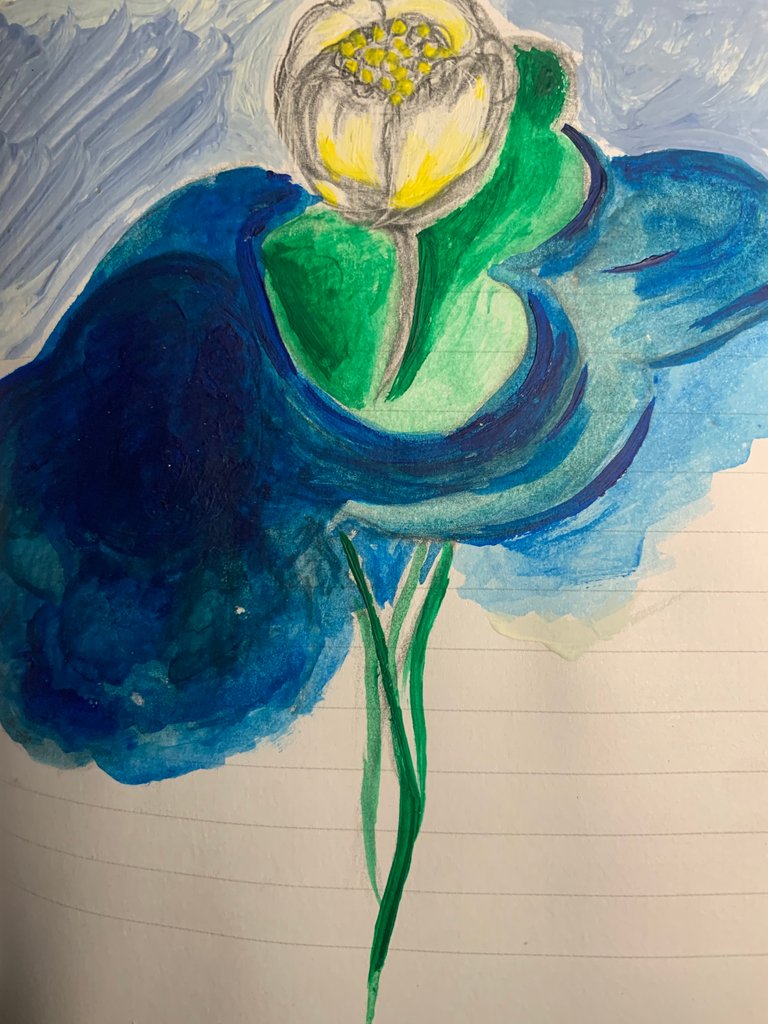
Nuphar lutea, the yellow water-lily, brandy-bottle, or spadderdock, is an aquatic plant of the family Nymphaeaceae, native to northern temperate and some subtropical regions of Europe, northwest Africa, western Asia, North America, and Cuba.[2][3] This interesting species found on both sides of the Atlantic Ocean was used as a food source and in medicinal practices from prehistoric times with potential research and medical applications going forward. Stylized red leaves of the yellow water lily, known as seeblatts or pompeblêden are used as a symbol of Frisia. The flag of the Dutch province of Friesland features seven pompeblêden. Stone masons carved forms of the flowers on the roof bosses of Bristol Cathedral and Westminster Abbey, these are thought to encourage celibacy
Nuphar lutea’s wide distribution and long-standing interest as an object of food, medicine, horticulture and folklore has led to many common or popular names. The following list is testimony to this species’ long history:
Beaver Lily, Beaver More, Beaver Root, Bobber, Bonnets, Brandy Bottle, Bullhead Lily, Can-dock, Cow Lily, Dog Lily, Ducks, Flatterdock, Frog Lily, Globe Lily, Gold Watch, Hog Lily, Holy-Trinity Lily, Horse Lily, Kelp, Large Yellow Pond Lily, Lis d’Eau Jaune, Marsh Collaid, Mooseroot, Mulefoot, Mulefoot Bonnet, Mulefoot Lily, Muleshoe, Nenuphar jaune, Pied de cheval, Pond Poppy, Spatterdock, Splatterdock, Three Colored Lily, Toad Lily, Tuckahoe, Tuckey, Tucky Lily, Water Collard, Wokas, Yellow Lanterns, Yellow Pond Lily, and Yellow Water Lily.[5]
This species’ botanical name "Nuphar lutea (L.) Sm." includes its scientific name (Nuphar lutea), genus (Nuphar), specific epithet (lutea), a standard author abbreviation for Carl Linnaeus (L.), and an author citation for James Edward Smith (Sm.). Nuphar is derived from the Arabic and Persian ninufar, meaning “pond-lily.” Lutea is Latin for “golden, saffron, orange-yellow.” Carl Linnaeus (1701-1778) was the Swedish botanist, physician, and father of modern plant taxonomy, who first described the species. James Smith (1759-1828) was an English botanist and founder of the Linnean Society, the first person to segregate Nuphar from the genus Nymphaea, validating its current accepted botanical name. Smith “neglected shifting the feminine epithet of Nymphaea lutea to neuter Nuphar luteum, publishing the scientific name as Nuphar lutea.”A 1998 proposal to amend the gender to the neuter Nuphar luteum was approved, but subsequently the name reverted to Smith’s original designation.This explains why the species is described by both names in botanical literature.[citation needed]
Henry Conard’s classic Waterlilies: A Monograph of the Genus Nympaea, documented early and widespread nomenclature instability for Nuphar and for the genus it was separated from, noting disagreement over botanical names leading to much confusion. “The outcome, nevertheless, is a disconcerting abundance of synonyms and misapplications throughout the literature.”
4 This has been true for many of the species in the genus Nuphar and for Nymphaeaceae, the lily family, as a whole. An early essay on how the Nuphar and Nymphaea genera “have been confounded” was authored by Edward Lee Greene (1843-1915), with early challenges to the currently accepted designation and authority on Nuphar lutea.
Nuphar lutea
Wikipedia
Congratulations @maatiii2505! You received a personal badge!
You can view your badges on your board and compare yourself to others in the Ranking
Check out our last posts:
Support the HiveBuzz project. Vote for our proposal!
Congratulations @maatiii2505! You received a personal badge!
You can view your badges on your board and compare yourself to others in the Ranking
Check out our last posts:
Support the HiveBuzz project. Vote for our proposal!
Congratulations @maatiii2505! You received a personal badge!
You can view your badges on your board and compare yourself to others in the Ranking
Check out our last posts:
Support the HiveBuzz project. Vote for our proposal!